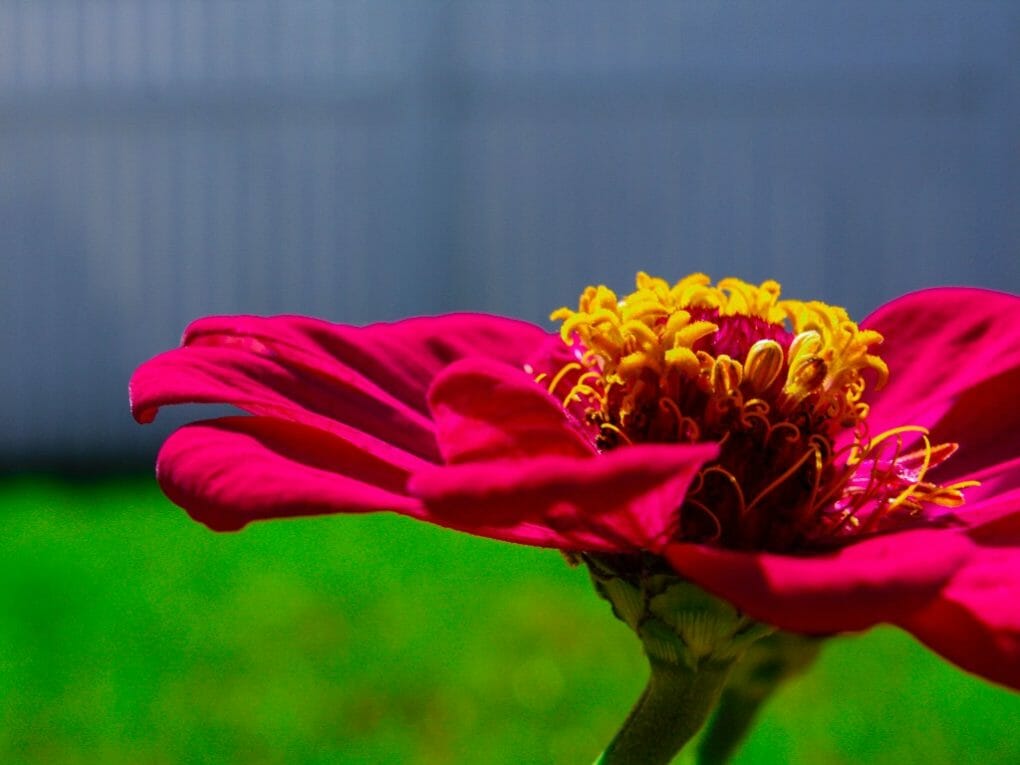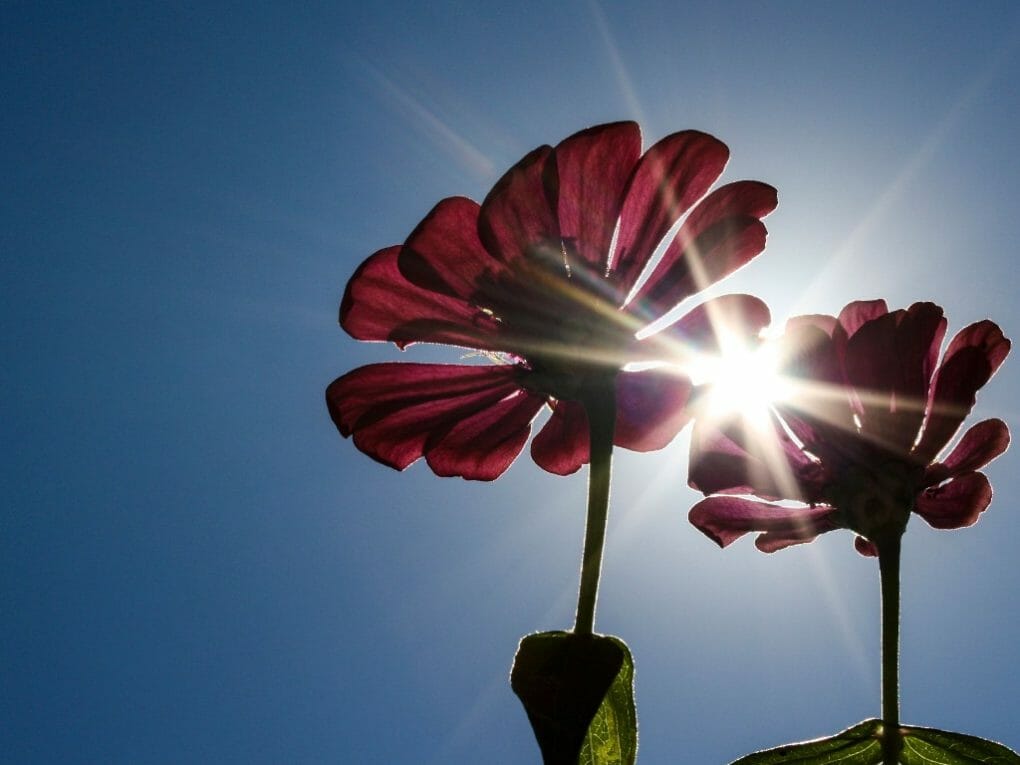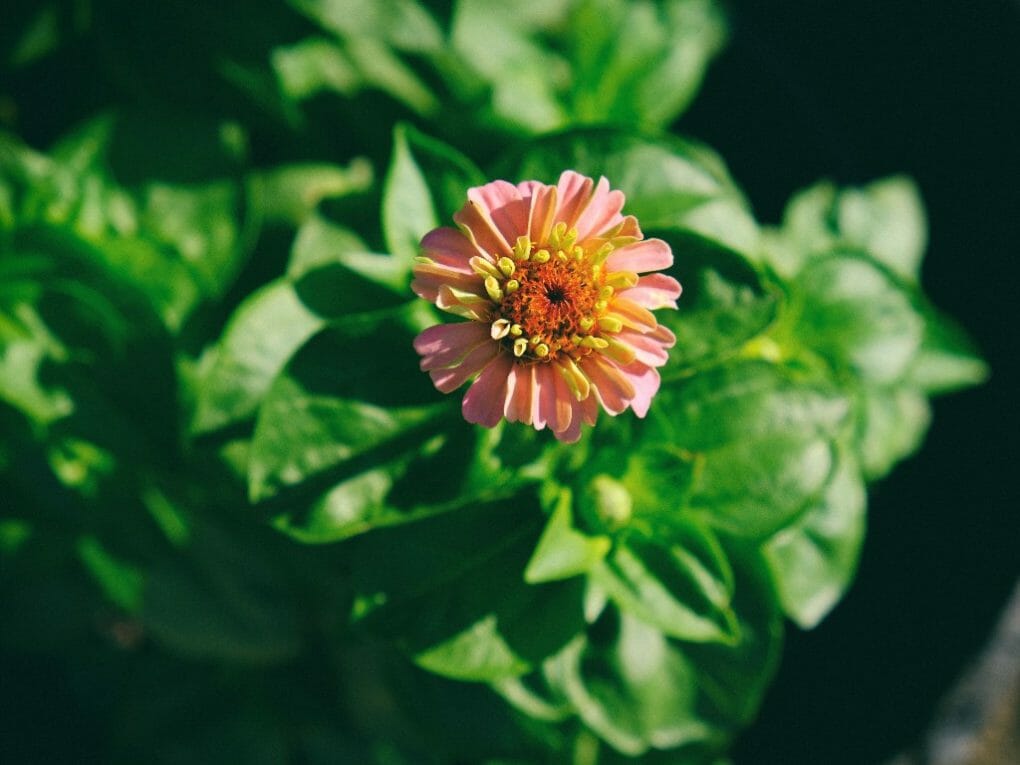How Long Do Zinnia Blooms Last? Know the Zinnia Blooming Period

Zinnias are a great plant in any garden because they bloom regularly and provide long-lasting beauty. Each zinnia flower typically lasts around 3 weeks, but some may last up to 4 to 6 weeks. Zinnias look their best when the flowers are at their peak color and fragrance, typically around week 2 or 3. After that point, the petals will start to droop and turn brown. If you want your zinnias to remain fresh longer, it’s recommended that you cut them back before they reach this point.
Table of Contents
Zinnia Blooming Period
Zinnias are renowned for their propensity to bloom for a protracted period. There are various estimates for how long zinnias’ flowers will remain in bloom, just as there are a variety of individual experiences due to the DNA mutations caused by heredity.
Consequently, the period required to keep zinnia blooms alive will range between 60 days and five months. If you plant zinnias in early spring or winter, they will often bloom in late April.
Once planted in the ground, they will continue to produce flowers until the first frost, at which point they will die because they are not built to withstand the cold.
Because zinnias cannot tolerate cold temperatures well, you must wait to plant them until after the final frost of the year has passed.
In ideal conditions, the year’s last frost will often occur in mid-spring, while the first frost will typically occur in late fall. This implies that you and your zinnias can anticipate approximately six months of beautiful flowering from your plant. There is a very excellent reason why so many enjoy zinnias and maintain them as inside and outdoor house decorations.
Regarding home decor, if you want your zinnias to last as long as possible, you will need to provide them with all the nutrients they require.
Several strategies ensure that your zinnias get what they need to produce healthy, gorgeous flowers for most of the year.
When Do Zinnias Start to Bloom?
Beginning in midsummer, zinnias will bloom for roughly two months per plant after the weather has warmed up. Each plant will continue to bloom until the first fall of frost or the onset of a disease like powdery mildew.
But with preparation, you can use succession sowing to extend that two-month window of blossoms to four or more.
To extend the blooming season, use succession planting. Succession planting is essential to maintaining your garden in bloom for as long as possible. If you’ve never heard of succession planting, it’s essentially the act of sowing fresh seeds every two to four weeks, allowing for the emergence of new plants at the same time as the old ones stop flowering.
For example, your first planting on April 15 will probably be done by the end of September. Your second planting will be in the middle of its growth cycle, and your third planting will have just started to bloom. With just three plantings, this plan will give you fresh, productive plants that will bloom from July to October or later.
Ways to Make Sure your Zinnias Bloom All Summer

You can also use a few other tips to make the most of your growing season and get more beautiful zinnia blooms for a longer time.
Cut Off Flowers That Are Dying
You can keep your zinnias blooming all summer by cutting off their dead heads. Taking off the spent flowers before they go to seed is what it means to “deadhead.” If you don’t, the plant’s energy will go toward making seeds instead of flowers.
Tip: Leave a few flower heads to seed at the end of the season so you can harvest the seeds for next year. You can easily save zinnia seeds, which will save you money next year.
Cut the stem just below the flower with scissors or garden shears to get rid of dead flowers on zinnias. Make sure to cut at a 45-degree angle so that water doesn’t pool on the stem and cause it to rot.
Fertilize Regularly
Giving your zinnias the right food is another way to make sure they bloom all summer long. Zinnias need a lot of food, so you should fertilize them every few weeks. Look for fertilizer high in phosphorus, the second number on the package, like 2-8-4. This will help your plants bloom.
Make Sure There Is Enough Water
To look their best, zinnias also need a lot of water. When it’s hot and dry, water them every few days. Zinnias are regarded as extremely low-maintenance plants. You should water the zinnias whenever it hasn’t rained for a week or two. Make sure to soak them each time instead of just giving them a little water. Watering them deeply can help them stay hydrated and keep them from wilting without encouraging their roots to grow shallow. When you move zinnias, plant them at the same depth as they were in the pot or starter tray. After planting the seeds, water them right away.
Provide Full Sun

Zinnias do best in full sun but can grow in light shade. When zinnias are finally ready to bloom, their hues will be more intense if they can receive more sunlight. You should strive for the zinnias to receive a minimum of six hours of sunlight daily.
Check for Infections
Always examine your flowers for symptoms of rot or other infections. However, there are other things you can do for your flowers.
Planting Tips
- Zinnias don’t care what kind of soil they grow in if it drains well. Zinnias are easiest to grow from seed in the garden, but they can also be started indoors and then moved outside if you have a short growing season and want to get a head start.
- If you often want to cut from your zinnias, space them 9 to 12 inches apart when you plant them. Putting them 12 to 18 inches apart will give them more room to grow if you want to mix them into your landscape and only harvest them sometimes.
- After roughly two months of blooming, zinnias start to produce fewer flowers. By succession sowing a new planting every 2-4 weeks, gardeners can extend the bloom window so that new plants begin to bloom as the older ones stop flowering.
